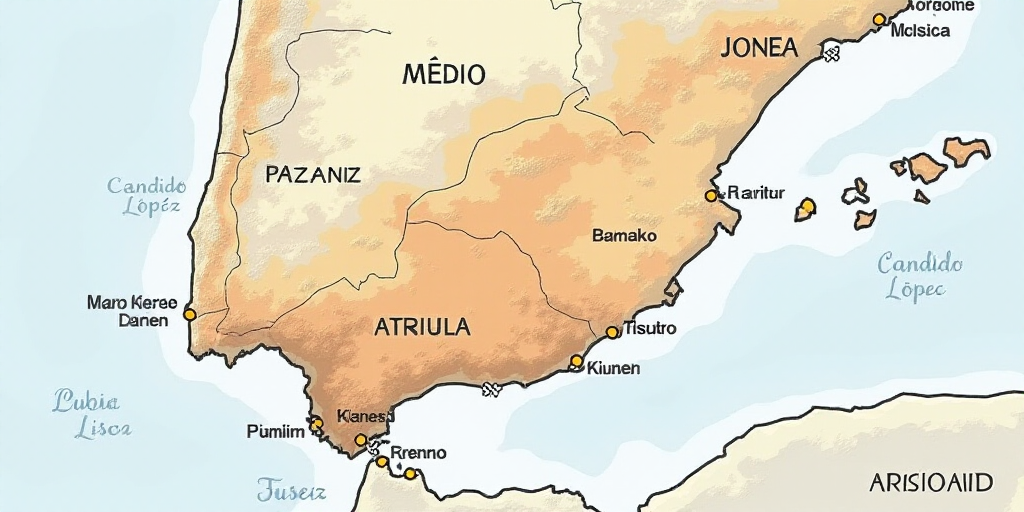Overview of Mexico’s Poverty Labor Statistics
At the national level, 33.9% of the population reported earning a labor income below the monetary value of the food basket as of the first quarter of 2025. Baja California Sur (12.8%) and Quintana Roo (18.7%) have the lowest labor poverty rates, followed by Colima (19.7%), Baja California (20.1%), and the Federal District of Mexico City (21.6%) according to Mexico’s State Poverty Labor Signal, “How are we doing?”.
Change in Poverty Measurement Responsibility
Until 2024, Mexico’s official poverty measurement, including labor poverty and income lines, was managed by the National Council for the Evaluation of Social Development Policy (Coneval), an organization specialized in evaluating social policies. However, in 2025, this responsibility was transferred to the National Institute of Statistics and Geography (Inegi) without a clear path regarding frequency and methodology.
Understanding Labor Poverty
Labor poverty estimates the percentage of the population with a labor income below the monetary value of the food basket. Unlike Coneval, Mexico’s “How are we doing?” signal requires a state to have a green light for its labor poverty rate to be below the national average and show a greater reduction compared to the first quarter of 2024 or present a population level below 20.5%.
States with Lower Labor Poverty Rates
Following Baja California Sur and Quintana Roo, Jalisco, Nuevo León, Chihuahua, Coahuila, Nayarit, and Sinaloa have labor poverty rates between 20.5% and 36%, placing them in the yellow light category.
States with the Lowest Labor Poverty Rates
Eleven states, including Yucatán (26.5%), Tamaulipas (26.8%), Querétaro (29.1%), Durango, Michoacán, and Aguascalientes, have labor poverty rates low enough to be in the green light category along with Baja California Sur and Quintana Roo.
Increasing Labor Poverty Rates
Only two states, San Luis Potosí (7.9 percentage points) and Tabasco (2.3 percentage points), reported increases in their labor poverty population percentages compared to the first quarter of 2024.
States in Red for High Labor Poverty Rates
If more than 36% of the population is in labor poverty, the signal will be red; 12 entities fall into this category, led by Chiapas with 59.2% of its population in labor poverty, followed by Oaxaca (56.7%) and Guerrero (50.9%). The other states are Zacatecas, Morelos, Tabasco, Puebla, San Luis Potosí, Hidalgo, Tlaxcala, and Guanajuato.
National Labor Poverty Statistics
Nationally, 33.9% of the population is in labor poverty as of the first quarter of 2025, the lowest since the indicator’s history began in 2005. This represents a 1.9% interannual reduction, affecting approximately 44.2 million Mexicans who cannot afford the household food basket with their labor income.
Gender Disparities in Labor Poverty
For the first time since 2008, the Economic Warning Signal for female labor poverty improved to yellow at 35.9%, though it remains 4.2% behind male labor poverty at 31.7%. Nationwide, there are 113 women in labor poverty for every 100 men, a disparity repeated across the 32 federal entities.
Economic Disparities
States with the best economic indicators show significant gender disparities: Jalisco, Nuevo León, Baja California, and Colima are among the seven with the lowest labor poverty rates, yet the gender gap exceeds the national average.
In Chiapas, Oaxaca, and Guerrero, the gender disparity is smaller, suggesting that widespread precarity affects both men and women equally in these regions.
Key Questions and Answers
- What is labor poverty? Labor poverty estimates the percentage of the population with a labor income below the monetary value of the food basket.
- Who measures labor poverty in Mexico? Until 2024, it was measured by Coneval; since 2025, Inegi is responsible, though the frequency and methodology are unclear.
- Which states have the lowest labor poverty rates? Baja California Sur (12.8%), Quintana Roo (18.7%), Colima (19.7%), Baja California (20.1%), and the Federal District of Mexico City (21.6%) have the lowest rates.
- Which states show increasing labor poverty rates? San Luis Potosí and Tabasco have experienced increases in labor poverty rates compared to the first quarter of 2024.
- What is the national labor poverty rate in 2025? 33.9% of the population is in labor poverty, the lowest since records began in 2005.
- Are there gender disparities in labor poverty? Yes, there are 113 women in labor poverty for every 100 men, with female labor poverty at 35.9% and male labor poverty at 31.7%.






